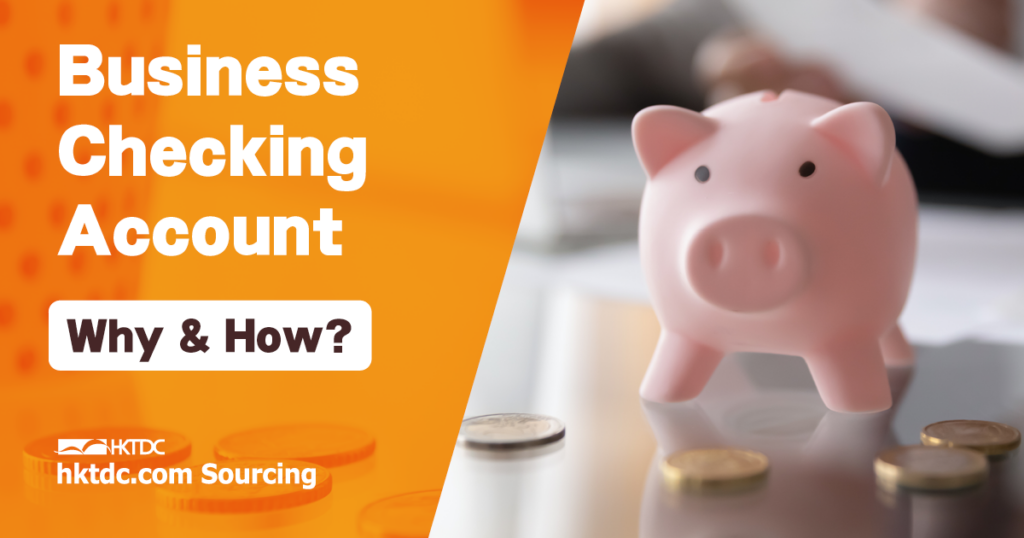As a business owner, keep your business account separate from your personal one to get your finances well-organized. This ensures financial challenges, like debts or legal issues that affect your business, don’t break through to your personal assets.
This article will introduce the fundamentals of a business checking account, how it differentiates from a savings account, and the benefits it brings.
What Exactly Is a Business Checking Account?
Similar to a personal checking account, a business checking account will be in your company’s name, giving your payments a professional touch. It allows you to perform various financial tasks, including depositing and withdrawing funds, paying suppliers and employees, and managing your day-to-day financial activities.
In addition, a business checking account comes with tailored features for business purposes, such as online banking, mobile banking, overdraft protection, and the option to request business cheques.
Simply put, a business checking account is a subset of a business bank account that allows effortless daily financial management.

What Functions Does a Business Checking Account Have?
After setting up your business checking account, you can process the following types of transactions:
- Cheque writing: Issue cheques under your business name. So, when you pay someone, it comes from the business, not your personal account.
- Deposits: That includes money from sales, customer payments, and any other income your business makes.
- Expenses and Payments: Make payments to suppliers, for rent, utility bills, employee salaries, and other costs.
- Debit card payments: Make purchases for your business. Some banks even let you get employee debit cards, so your staff can buy items for the business, but only up to your limits.
- Banking Services: Access to business loans, merchant services, or lines of credit, which can support the growth of your business.
- ACH transfers: Pay Paperlessly. Usually, banks don’t charge for receiving these transfers, but there might be a monthly fee for sending payments to vendors or service providers.
- Wire transfers: These are for moving large sums of money between different bank accounts, either domestic or international. You’ll have to pay a fee for outgoing wire transfers, but incoming ones might be free.
What's the Difference Between a Checking Account and a Savings Account?
Deciding between a business checking account or a savings account depends on how you intend to use your money:
Checking Account
| Savings Account
|
Sometimes you may even find that both types of accounts suit your needs. If you go for both, getting them at the same bank can be helpful for easy fund transfers, but it’s not mandatory. Check out details like fees, minimum balances, and interest rates of different banks.
Why a Business Checking Account?
A business checking account holds great significance, even for small business setups, to achieve financial stability and success. Having a business checking account for your SMEs is not just a convenience – it’s a wise business practice that ensures financial transparency, legal compliance, and a solid foundation for growth and success.
Watch out for Part 2 of this article in late January, where we will talk deep into the procedures of setting up your Business Checking Account, criteria of a proper account, and so on!
This article is originally published by Aspire:
Aspire is the all-in-one finance platform for modern businesses, helping over 15,000 companies save time and money with international payments, expense management, payable management, and receivable management solutions — accessible via a single, user-friendly account.




















